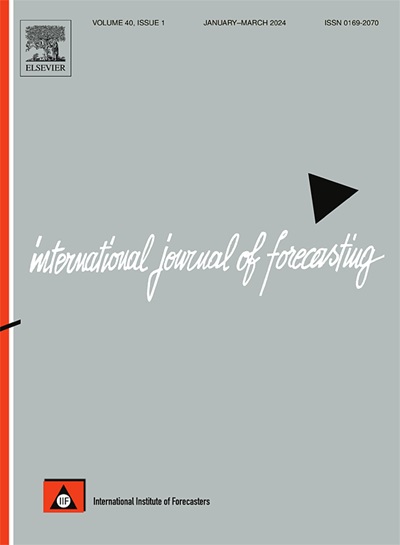基于层次异构网络的半监督拒绝推理框架
IF 7.1
2区 经济学
Q1 ECONOMICS
引用次数: 0
摘要
信用评分是一种流行的贷款评估工具,即决定是否接受或拒绝贷款申请。传统的信用评分学习研究只使用历史上被接受的样本,而没有被拒绝的申请人,他们的真实还款表现不存在,从而造成样本选择偏差和数据浪费。已经提出了一些推断拒收样本的方法,但它们仍然受到几个开放问题的影响,特别是对于拒收率较高的中长期贷款申请。特别是,接受和拒绝应用程序之间的异构关系尚未得到很好的研究。此外,由于还款期限过长而导致的复杂的还款行为可能会导致学习成绩不佳。因此,我们提出了一种基于半监督分层异构网络(S2HN)的信用评分拒绝推理框架。我们引入了一个层次异构网络来揭示被接受和被拒绝的申请之间的复杂联系,并通过聚类和两层预测架构使用预期异构还款模式作为辅助信息。基于真实世界数据集的大量实验证明了我们提出的方法的有效性。本文章由计算机程序翻译,如有差异,请以英文原文为准。
A semi-supervised reject inference framework with hierarchical heterogeneous networks for credit scoring
Credit scoring is a popular tool for loan assessment, i.e., deciding whether to accept or reject a loan application. Traditional research into learning for credit scoring has only applied historically accepted samples without rejected applicants whose true repayment performance is absent, thereby causing both sample selection bias and wasting data. Some methods have been proposed for inferring rejected samples but they are still affected by several open problems, especially for medium- and long-term loan applications with a higher rejection rate. In particular, the heterogeneous relationships between accepted and rejected applications have not been well studied. Moreover, the complex repayment behaviors resulting from long repayment terms may lead to poor learning performance. Thus, we propose a reject inference framework with Semi-supervised Hierarchical Heterogeneous Network (S2HN) for credit scoring. We introduce a hierarchical heterogeneous network for revealing the complex connections between accepted and rejected applications, and use prospective heterogeneous repayment patterns as auxiliary information through clustering and a two-layer prediction architecture. Extensive experiments conducted based on real-world data sets demonstrated the effectiveness of our proposed method.
求助全文
通过发布文献求助,成功后即可免费获取论文全文。
去求助
来源期刊

International Journal of Forecasting
Multiple-
CiteScore
17.10
自引率
11.40%
发文量
189
审稿时长
77 days
期刊介绍:
The International Journal of Forecasting is a leading journal in its field that publishes high quality refereed papers. It aims to bridge the gap between theory and practice, making forecasting useful and relevant for decision and policy makers. The journal places strong emphasis on empirical studies, evaluation activities, implementation research, and improving the practice of forecasting. It welcomes various points of view and encourages debate to find solutions to field-related problems. The journal is the official publication of the International Institute of Forecasters (IIF) and is indexed in Sociological Abstracts, Journal of Economic Literature, Statistical Theory and Method Abstracts, INSPEC, Current Contents, UMI Data Courier, RePEc, Academic Journal Guide, CIS, IAOR, and Social Sciences Citation Index.
 求助内容:
求助内容: 应助结果提醒方式:
应助结果提醒方式:


